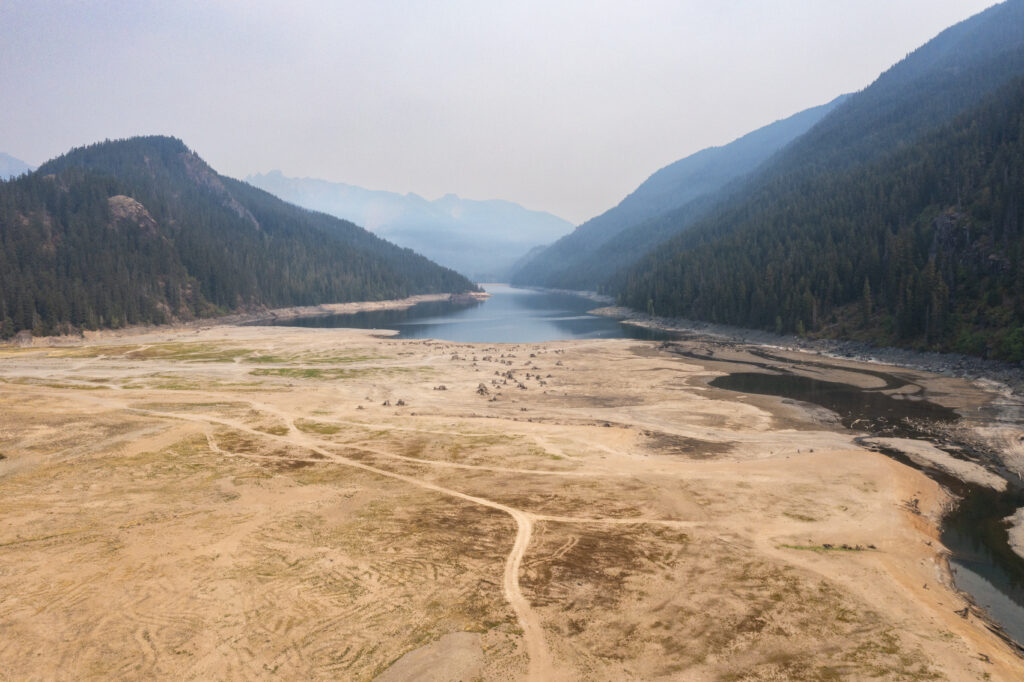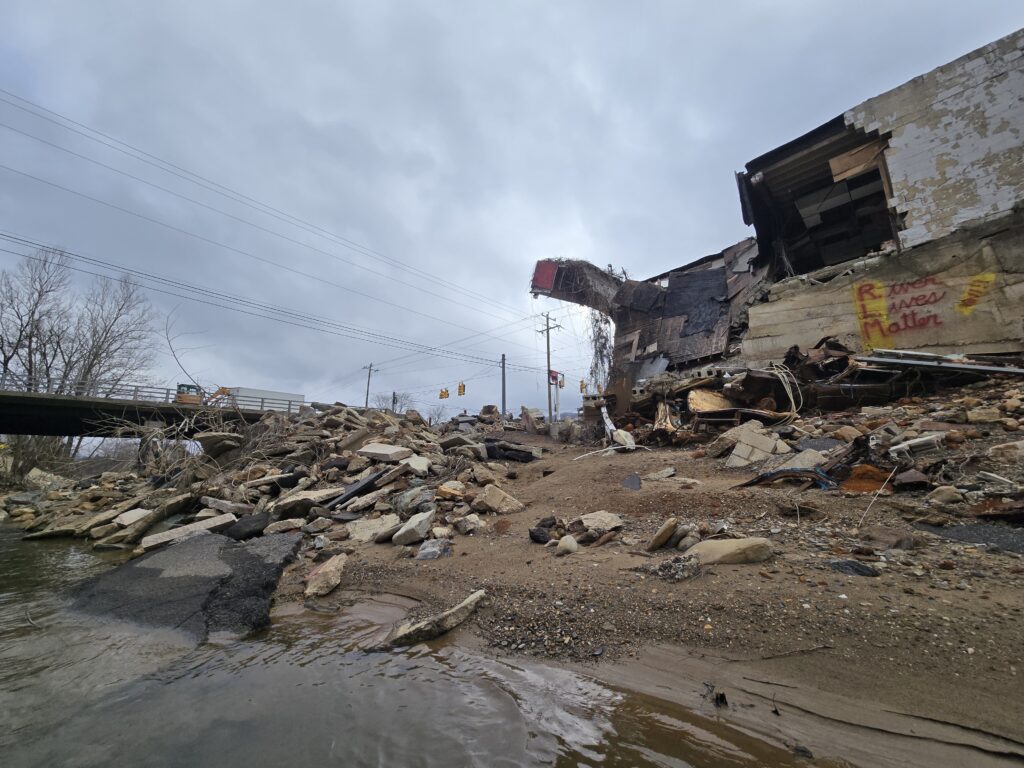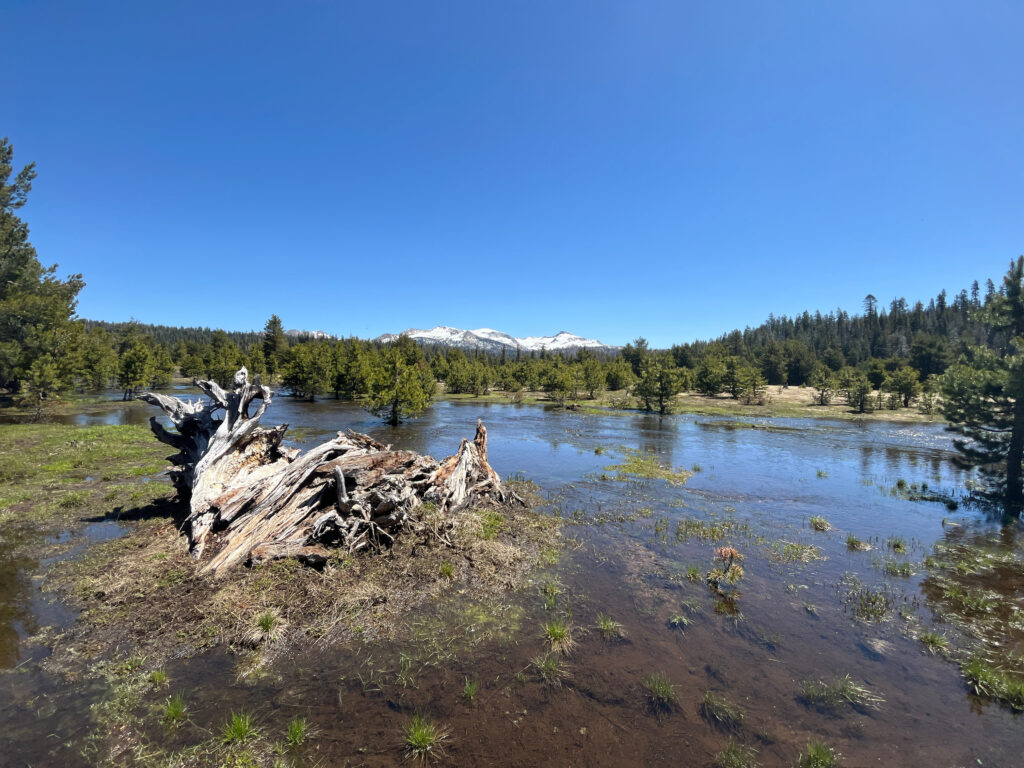How Wyden’s River Democracy Act will help fight wildfires and climate change
Healthy, resilient rivers lead to healthy, resilient communities.
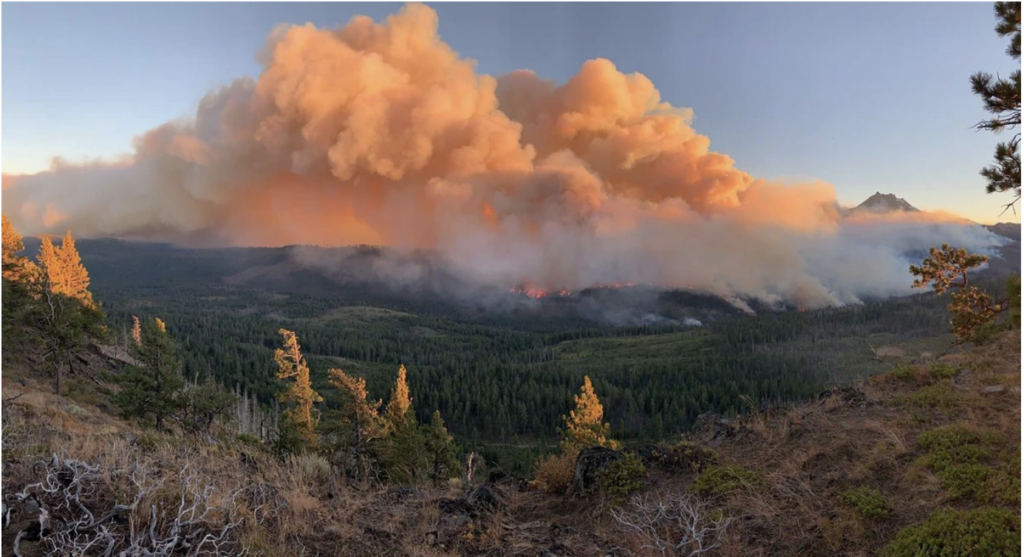
The dead of winter is usually the last time of year we think about wildfire but here we are wrapping up a historically dry February with several near record-setting warm temperatures in Oregon. Because of recent wildfires I now start to get nervous whenever we have a week or two without rain during the winter knowing our snowpack—our insurance policy for summer water and healthy forests—is dwindling.
Last month, United States Forest Service Chief Randy Moore announced a new strategy that will focus the Forest Service and it’s partners on protecting at-risk communities while improving forest resilience. The strategy brings together tribes, partners, states and communities to work across all boundaries. “We are ready to begin the work in a way that meets the urgency of the moment,” Moore says.
In a post last year, Oregon Senator Ron Wyden wrote, “This fire season has the potential to be the most devastating in our nation’s history.” The threats were so severe that Senator Wyden and fellow Oregon Senator Jeff Merkley sent a letter to federal agencies pressing them to “ensure our state has the resources it needs to fight these fires and keep communities safe.” In April. A time when the Willamette Valley used to be flush with precipitation. Senator Wyden is right, “The climate crisis is here, and we’re living it.”
Thankfully, Oregon’s senators have been at work crafting legislation to bolster wildland firefighting and resources. In February 2021, Senators Wyden and Merkley introduced federal legislation—the River Democracy Act—that will more than triple Oregon’s Wild and Scenic river miles and in doing so also strengthen wildfire preparedness statewide.
The River Democracy Act provides for stronger wildfire risk assessment and planning for homes and businesses near Wild and Scenic rivers, greater inter-agency coordination in fighting wildfire including with Native American Tribes, and more federal resources to repair wildfire damage to infrastructure, drinking water quality, and watersheds. The bill also provides $30,000,000 annually for Wild and Scenic Rivers that provide drinking water for downstream communities or those that have been degraded by catastrophic wildfire.
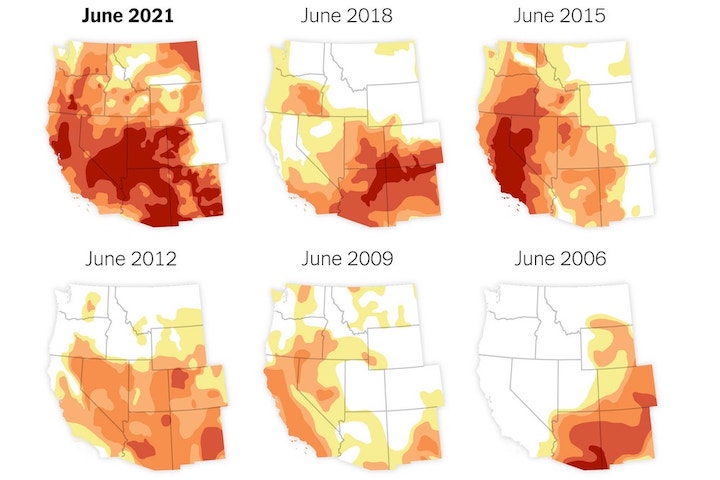
Most of us associate Wild and Scenic River designations with protecting the natural, recreational, cultural and ecological values of these waters—and we should. We should also understand the critical importance of national Wild and Scenic River designations as a tool to help us prepare and protect against an ever-increasing combined threat from catastrophic wildfire, warming climate, drought cycles and more people in harm’s way. Healthy, resilient rivers lead to healthy, resilient communities—and the importance of these life-giving rivers only becomes more vital in the face of climate change and fire seasons like the one we’re looking at this year.
But you don’t have to take my word for it. Over the next few weeks, we’ll be sharing guest posts from people who have been—and still are—on the front lines.
Stay tuned and stay safe.
